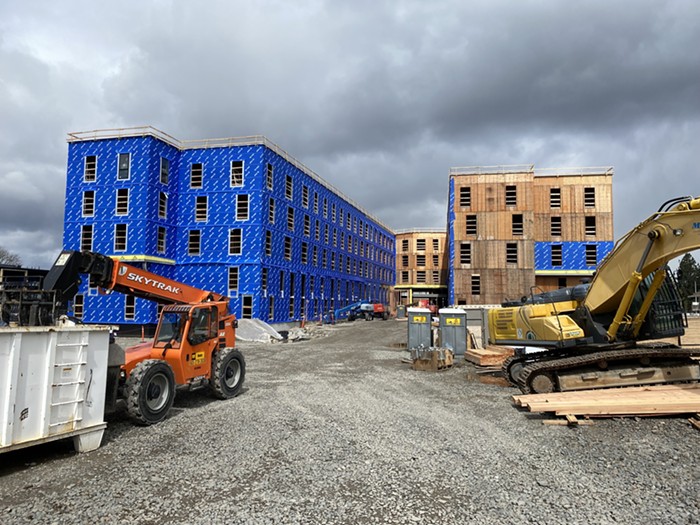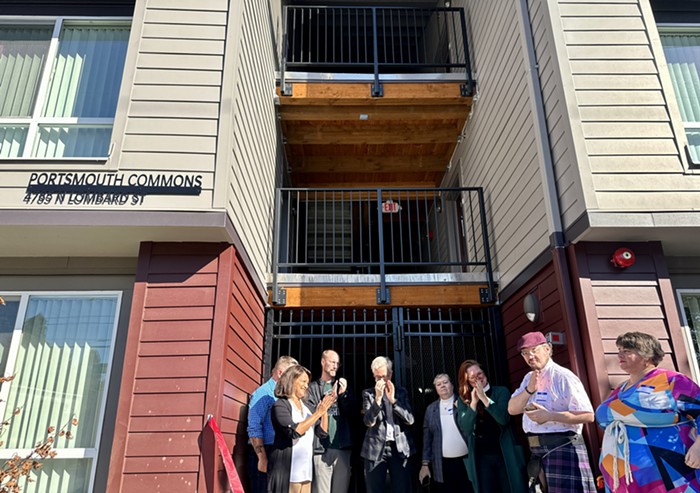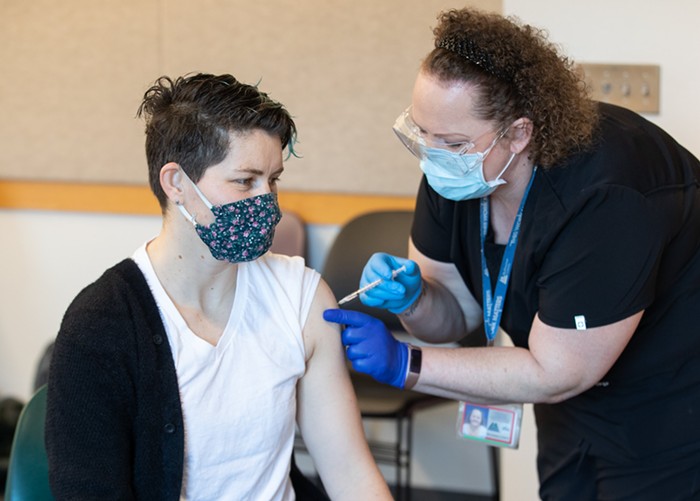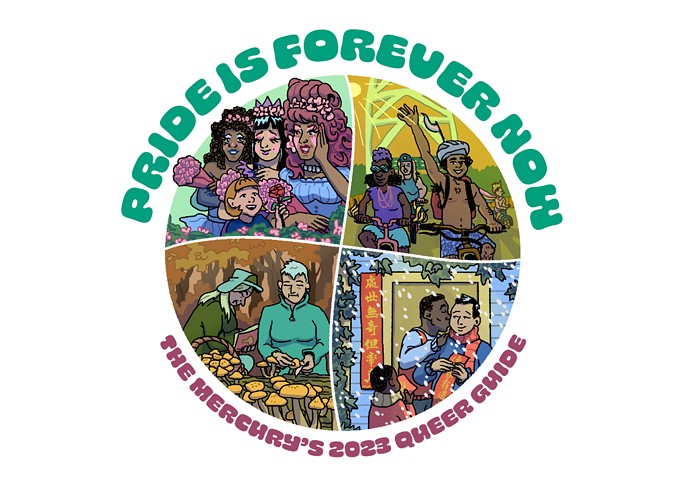WHEN YOU CREATE more shelter space, people use it.
After months upon months of speculation on what the county’s next tally of its homeless population would reveal—would it be larger, or a lot larger?—this simple fact was a central takeaway when officials finally released numbers on Monday, June 19.
Yes, the homeless population is larger. After tens of millions of public dollars spent, data analyses pointing toward how to spend it, and record numbers of homeless residents being placed into housing, the latest point-in-time count suggests the city’s homeless population has grown by about 10 percent in the last two years—from 3,801 in 2015 to 4,177 as of February 22.
That tally is actually an undercount of people who meet the US Department of Housing and Urban Development’s definition of “homeless,” officials say, and doesn’t begin to encompass the wider range of people who might be involuntarily sleeping on the couch or floor of an acquaintance for lack of better options.
The number of homeless women, people with disabilities, homeless people within certain minority groups, and even veterans—a huge point of emphasis for more than a year—is up. So is the number of chronically homeless individuals, the hardest cases to serve.
All that’s not the same as saying those millions of dollars went to waste. Figures from the city/county Joint Office of Homeless Services (JOHS) show that the county’s finding people places to live at a record pace—roughly 1,900 households between July and March alone. Thousands more are being offered rent assistance in an attempt to prevent them from sliding into homelessness in the first place. And in the last year and a half, officials have created nearly 630 new emergency shelter beds.
Which gets us to that first point.
Even as the homeless population swells, the count suggests fewer people are on the street—or anyway, that fewer people were on the street on February 22 compared to a single night in 2015. This year’s street count located 1,668 individuals sleeping without shelter in the county’s streets and green spaces. That’s a nearly 12 percent drop from two years ago.
At the same time, the number of people who were staying in emergency shelter had roughly doubled. When you create more shelter space, people use it.
Public officials looking for a bright spot pointed to the lower unsheltered numbers on Monday.
“The data that we do have demonstrates slivers of hope, or at least some real progress on the unsheltered side,” Mayor Ted Wheeler told the executive board of A Home for Everyone (AHFE), the community task force that’s strategizing on how to battle homelessness.
“Compared to other cities on the West Coast, we are behind,” County Chair Deborah Kafoury told news cameras (actually meaning that Multnomah County’s increases are smaller than other communities’), “which is good news.”
As homelessness has fallen nationwide, national data has showed states on the West Coast have seen upticks in their houseless populations.
While changing methodologies can skew things, reports issued this year suggest the homeless population in Seattle’s King County might be up 16 percent in the last two years (and its unsheltered population up 45 percent), and Oakland’s Alameda County is up 39 percent (unsheltered up 61 percent). In Los Angeles County, the massive homeless population has increased by 30 percent, to nearly 57,800, while the unsheltered population has shot up 38 percent in the last two years.
San Francisco’s homeless population, meanwhile, decreased by half a percent.
Officials seized on those numbers Monday, as proof that Portland is outperforming other West Coast cities, though differences in the way each community conducts the counts make it hard to claim victory with certainty.
And based on Portland’s own expectations, the result amounts to something of a defeat.
In 2015, as Portland and Multnomah County pledged $30 million toward fighting homelessness and the city formally declared a housing state of emergency, then-Mayor Charlie Hales and other officials made a tantalizing claim.
By putting sustained funding toward the right resources, the AHFE coalition believed it could slash Multnomah County’s homelessness problems in half by 2017.
That money was spent—and the city and county have upped the ante with more than $50 million earmarked for homelessness services in the next year—but the results haven’t come to pass.
Officials say the problem is the ongoing severity of the region’s housing market. In 2015, they say, no one was predicting just how many homeless residents would continue to flow into the system.
“Part of that model assumed the rate at which people were becoming homeless would stay the same,” says Denis Theriault, a spokesperson for the JOHS (and former Mercury employee). “Very clearly that did not stay the same. The inflow has apparently gone up, gotten worse. Housing has gotten more expensive. That impacts everything our service providers do.”
Here are some specific takeaways from this year’s count. The findings are preliminary, and the county plans to release a more extensive report in coming months.
•There are more homeless veterans today, despite Portland “functionally ending” veteran homelessness by creating a system to get people housed quickly. The data showed 446 self-identified homeless vets, compared to 422 two years before (though changes in methodology prevent a precise apples-to-apples comparison).
•The number of homeless families, a point of concern in the 2015 count, remained roughly the same this year, but many more were sheltered this time around. The county saw a nearly 50 percent decrease in unsheltered families.
•The number of chronically homeless Portlanders has increased by 24 percent, a major concern for officials. The vast majority of those people, 71 percent, are unsheltered.
•There are fewer African Americans experiencing homelessness—positive news for another group that generated particular concern in 2015. This year’s count found 185 fewer Black people, including a 57 percent reduction in those without shelter.
•The number of Native Americans who are homeless ballooned—from 82 in 2015 to 424 in 2017. Officials chock that up to an “unexplained issue” in the 2015 count they say resulted in the Native American population being undercounted. People of color as a whole are overrepresented in Portland’s homeless population, but Native Americans see a particularly stark disparity. Their rate of homelessness is roughly four times higher than their percentage of the population.
•The number of homeless women increased, from 1,161 in 2015 to 1,355 this year. Again, the number of homeless women without shelter had decreased.
•Fewer people reported being homeless for a short period of time, and more reported being homeless for a long period of time. Of people responding to a survey given to unsheltered Portlanders, 36 percent said they’d been homeless for less than a year, compared to 41 percent in 2015. In addition, 32 percent said they’d been homeless for two years or more, compared to 23 percent in 2015.

















